South Korea’s Top Historical Destinations
South Korea boasts a wealth of captivating historical sites that reflect the country’s rich cultural and historical heritage. Here are nine must-visit historical attractions in South Korea:
1. Gyeongbokgung Palace
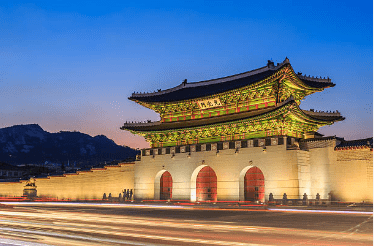
Gyeongbokgung Palace, built in 1394 by the Joseon Dynasty, is one of South Korea’s largest and most magnificent palaces. It has witnessed the long history of the Korean kingdom. Despite much of the original structure being destroyed during Japanese occupation, the palace has been restored and now stands as a popular historical destination.
Unique Features of Gyeongbokgung Palace
The palace features the grand architecture typical of the Joseon Dynasty, with beautiful pavilions and expansive gardens. The main gate, Gwanghwamun, is one of South Korea’s iconic symbols. Visitors can also watch the regularly held changing of the guard ceremony in front of the palace gate.
National Museum of Korean History
Located within the Gyeongbokgung Palace complex, the National Museum of Korean History provides in-depth information about Korean history and culture. The museum showcases a range of artifacts, from traditional clothing to ancient household items, helping visitors understand the lives of Koreans in the past.
2. Changdeokgung Palace
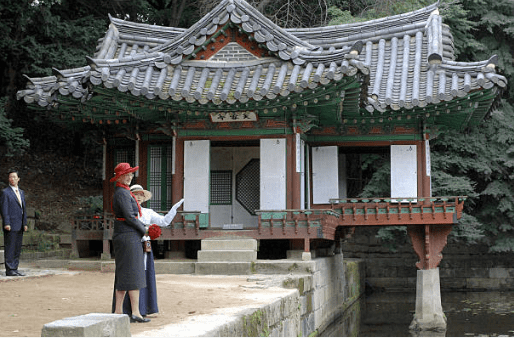
Built in 1405, Changdeokgung Palace is one of the best-preserved palaces from the Joseon Dynasty. It was designated a UNESCO World Heritage Site in 1997 for its architectural beauty and historical significance.
Architectural Beauty
Changdeokgung is renowned for its stunning architecture and its secret garden, known as Huwon. Huwon, or the Secret Garden, features a breathtaking natural landscape with ponds, pavilions, and ancient trees. Visitors can explore this beautiful garden on guided tours that offer insights into its history and design.
3. Jongmyo Shrine
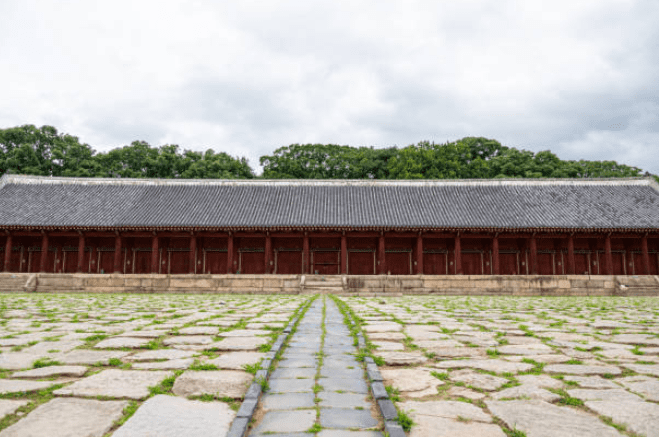
Jongmyo Shrine is the oldest Confucian shrine still standing and functioning in the world. Established in 1394, it is dedicated to the kings and queens of the Joseon Dynasty. The shrine was listed as a UNESCO World Heritage Site in 1995.
Architectural Diversity
At Jongmyo Shrine, visitors can see various buildings with unique and meaningful architecture. The serene and sacred atmosphere of the shrine makes it an ideal place for reflection and learning about Korea’s royal history.
4. Hwaseong Fortress
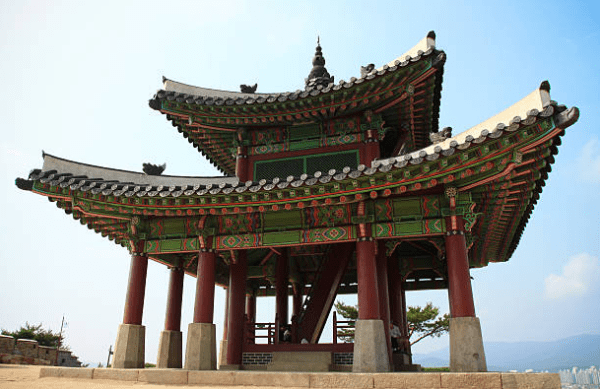
Located in Suwon, Hwaseong Fortress was built between 1794 and 1796 by King Jeongjo of the Joseon Dynasty to honor his father, Prince Sado. The fortress is recognized as a UNESCO World Heritage Site due to its architectural and military technological achievements.
Fortress Structure
Hwaseong Fortress encircles Suwon’s city center, stretching approximately 5.52 kilometers. It features watchtowers, grand gates, and various military facilities. Visitors can walk along the fortress walls and enjoy panoramic views of Suwon city.
5. Seokguram Grotto and Bulguksa Temple

Seokguram Grotto and Bulguksa Temple are two significant historical sites from the Silla Dynasty. Seokguram Grotto is an artificial granite cave housing a beautiful Buddha statue, while Bulguksa Temple, built in the 8th century, is a renowned Buddhist temple.
Architectural Heritage
Both sites offer insights into ancient Buddhist art and architecture. The Buddha statue in Seokguram Grotto is considered one of the greatest works of Silla art, and Bulguksa Temple features exquisite pagodas and grand temple structures. Both sites are UNESCO World Heritage Sites.
6. Dolmen Sites in Gochang, Hwasun, and Ganghwa
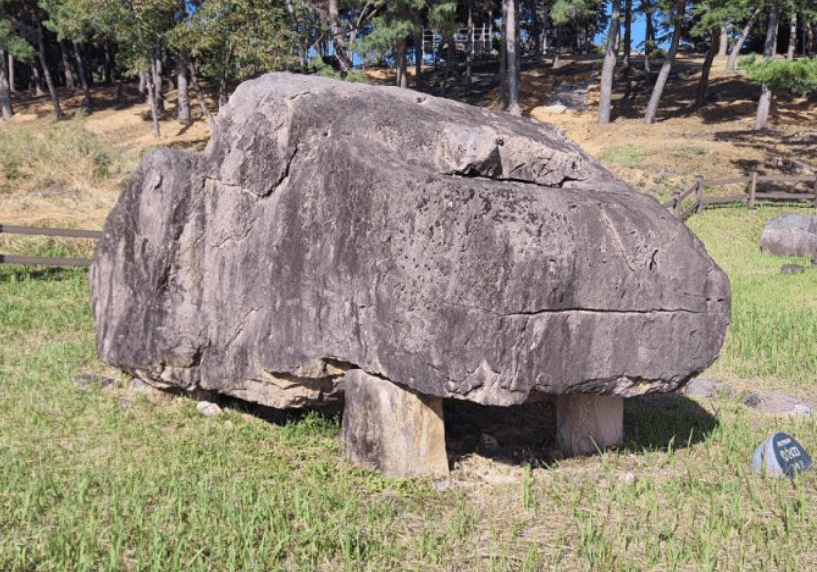
The Dolmen Sites in Gochang, Hwasun, and Ganghwa are megalithic burial sites from the Bronze Age. These sites provide insights into prehistoric life in Korea and cultural connections with Northeast Asia.
Archaeological Significance
The dolmens are large stone structures used for burial and ritual purposes. These sites offer important evidence of technological developments and social structures in ancient Korean societies. The Dolmen Sites are also recognized as UNESCO World Heritage Sites.
7. Namhansanseong Fortress

Located about 25 km southeast of Seoul, Namhansanseong Fortress is a walled city built on mountains for maximum defense. It stretches 12 km and served as an emergency capital during the Joseon Dynasty.
Unique Features of the Fortress
The fortress offers stunning views and advanced military architecture. Inside, visitors can explore historic buildings such as the Sueojangdae Post, Janggyeongsa Temple, and the Haenggung Temporary Palace. Namhansanseong Fortress was designated a UNESCO World Heritage Site in 2014.
8. Haemieupseong Fortress
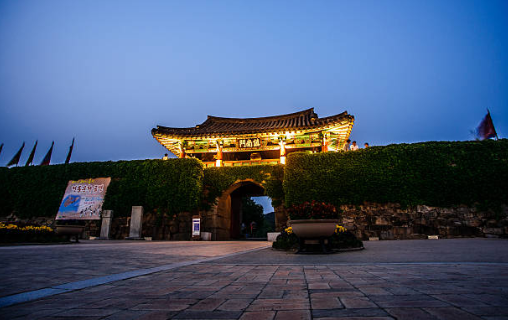
Haemieupseong Fortress is a military fortress built in the 15th century by the Joseon Dynasty. It was used to protect the surrounding area and is one of the best-preserved fortresses in South Korea.
History and Architecture
The fortress features strong walls, watchtowers, and grand gates. Haemieupseong provides insights into defense strategies and military life during the Joseon Dynasty. Visitors can explore the fortress and enjoy its beautiful surroundings.
9. Bukchon Hanok Village
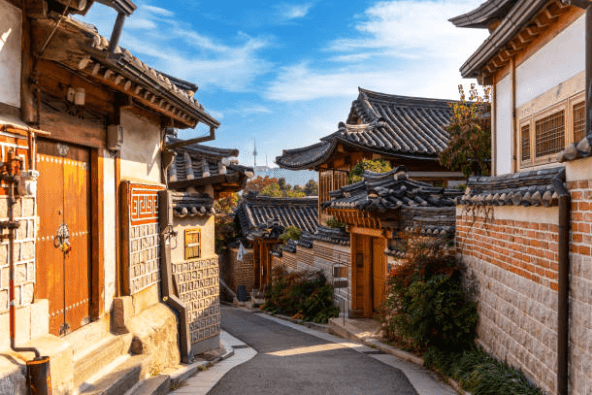
Bukchon Hanok Village is a historic area located in central Seoul. It is known for its traditional Korean houses called hanok, which provide a glimpse into past Korean life.
Traditional Beauty
Bukchon Hanok Village boasts over 900 well-preserved hanok. Visitors can stroll through narrow lanes and appreciate the beautiful traditional architecture. The village also offers various cultural experiences, such as traditional craft workshops and Korean tea ceremonies.
Conclusion
South Korea’s historical destinations offer deep and fascinating experiences for visitors. From majestic palaces to ancient temples, each site has its own unique story and beauty. Visiting these places provides an opportunity to learn more about South Korea’s history and culture, while enjoying stunning architecture and landscapes. Be sure to include these destinations in your travel plans when visiting South Korea.
